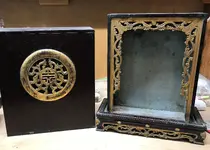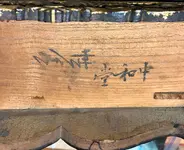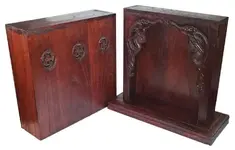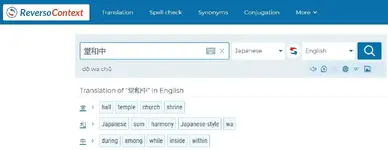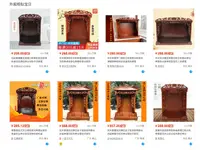cyberdan
Silver Member
- Joined
- Dec 12, 2006
- Messages
- 4,596
- Reaction score
- 2,222
- Golden Thread
- 0
- Location
- Very Northern Left Coast
- Detector(s) used
- XLT & Bigfoot
- Primary Interest:
- All Treasure Hunting
- #1
Thread Owner
I got this at a yard sale quite a few years ago. It is signed or company name on the bottom.
Looks pretty old. Not Japanese or Korean I would recognise them.
It is some kind of display box. The part on the left goes over the display.
Looks pretty old. Not Japanese or Korean I would recognise them.
It is some kind of display box. The part on the left goes over the display.



